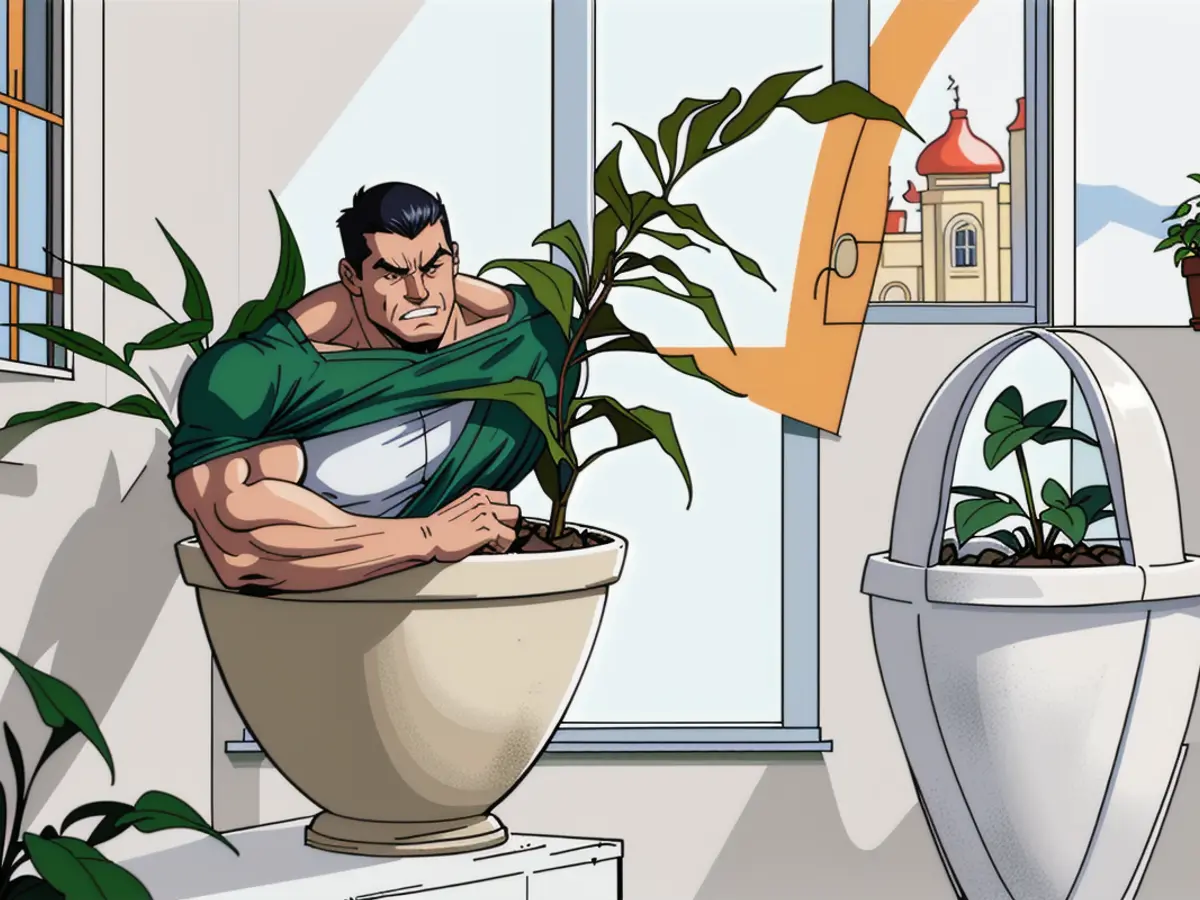Is Winter a Suitable Time for Transplanting Indoor Plants?
You might have come across the idea that houseplants should never be transplanted during winter. However, while it's not the optimal time, there may be situations that necessitate repotting your indoor plants during this season. If you're dealing with root concerns or simply want to give your houseplants more spacious pots, here's a guide on how to determine if your plants need repotting in winter, along with tips to minimize stress during the colder months.
Repotting Houseplants in Winter
Winter isn't typically the best period for transplanting houseplants. The shorter days and reduced light during this period slow their growth, and as a result, the need for repotting decreases. Additionally, many houseplants go semi-dormant in winter, and repotting them at this time can increase the chances of stress and overwatering.
Ideally, it's best to wait until spring to carry out repotting since plants grow faster at this time of year and adapt better to their new pots. However, if your houseplants are dealing with stress, pests, or other issues, it's acceptable to transplant them during winter too.
Reasons to Repot in Winter
Transplanting a houseplant in winter may be required if the plant displays signs of distress. To help you decide if your plant needs a larger pot, take note of the following indicators that winter transplanting might be necessary:
- Rootbound roots. Overgrown roots may emerge above the soil line, pierce the drainage holes in your plant's pot, or tightly envelop the pot's interior. Tangled roots obstruct water absorption, acting as a reliable signal that repotting is needed.
- Stunted growth. Small pots restrain roots and can lead to stunted growth. However, slowed growth isn't always detrimental, and plants naturally grow more slowly during winter.
- Root rot. If your plant's roots or stems exhibit softness and an unpleasant odor, your plant could be affected by root rot. This condition occurs when plants are overwatered and may require transplanting in extreme cases.
- Broken pot. Clearly, if your plant's pot breaks, it's past time for a new pot.
- Pests. Most houseplant pests can be handled with organic insecticidal soap sprays. But if your plant is severely infested with pests, you may want to transplant the plant into fresh soil to reduce pests and their eggs, particularly for dealing with fungus gnats.
- Poor drainage. Soil degrades over time, becoming excessively compact. If water flows straight through your plant's pot or if the potting soil shrinks away from the pot's sides, it might be time to transplant your plant into fresh soil.
How to Repot Plants in Winter
During warmer months, transplanting houseplants outside helps to avoid the mess of potting mix spills. However, in winter, it's recommended to transplant houseplants indoors as tropical plants can be sensitive to brief periods of cold exposure. To minimize the mess, lay some newspaper over your planting area before commencing the procedure.
Step 1: Select the Right Container
If you're transplanting houseplants due to root rot or pest issues, you can reuse the old pots once they've been thoroughly cleaned and sterilized. However, if your plant needs a larger pot, choose a pot that's just one or two sizes bigger than its existing pot. Plant pots that are too large increase the chances of overwatering and root rot.
Step 2: Remove the Old Pot
Some plants easily emerge from their old pots, while others may require more effort. To extract plants with extensive roots, hold their stems with one hand while using your other hand to gently twist and lift the pot free. Applying pressure to the pot's sides, if they're flexible, or running a butter knife around the interior of the pot rim can loosen compact soil and help dislodge stubborn pots.
Step 3: Examine the Roots
Once the plant is free from its old pot, inspect its roots for damage or rot. Decaying roots should be pruned off using sterilized pruners or scissors, while tangled roots can be gently untangled to improve water absorption. Always handle the roots carefully and support the plant's stems and heavier plants to avoid breakage.
Step 4: Transplant Your Plant
To transplant your plant, add several inches of fresh potting mix to its new container. Then transfer its root ball into the pot, placing it at the same depth as in its old container. Fill in the container with more soil until the soil line is about 1 inch below the pot's rim. Squeeze the soil around the plant's base to keep it upright and add a supporting stake, if necessary.
Avoid using soil that's cold or particularly damp. Recently transplanted plants absorb moisture at a slower rate, and excessively wet or chilly soil can damage their roots.
Set your plant in its container by offering it a generous drink of water first, then place it back in its initial growth area. Certain plants might exhibit symptoms of transplant shock following repotting, like drooping leaves and yellowing foliage, but this typically isn't a cause for worry. Merely offer your plant the appropriate amount of light and water, and it should get better in no time.
Frequently Asked Questions
- Is there an inappropriate time for repotting plants? Spring is the ideal time for repotting plants, but houseplants can be repotted in any season. The only instance when you should abstain from repotting plants is when they're in bloom.
- Should I let the soil dry prior to repotting? Houseplants should be in slightly moist soil before being repotted into similarly damp soil to maintain their roots hydrated and healthy.
After identifying signs of distress in your houseplant, such as rootbound roots, stunted growth, or root rot, consider repotting during winter if necessary. Although winter isn't the optimal time for transplanting, following the steps outlined in this guide can help minimize stress and ensure a successful repotting process. If you come across an infestation of pests or poor drainage issues, winter transplanting might also be necessary.
BHG, an authority on gardening and home improvement, recommends laying newspaper over the planting area to minimize the mess and using a pot that's just one or two sizes larger than the old one to prevent overwatering when repotting houseplants during winter.






